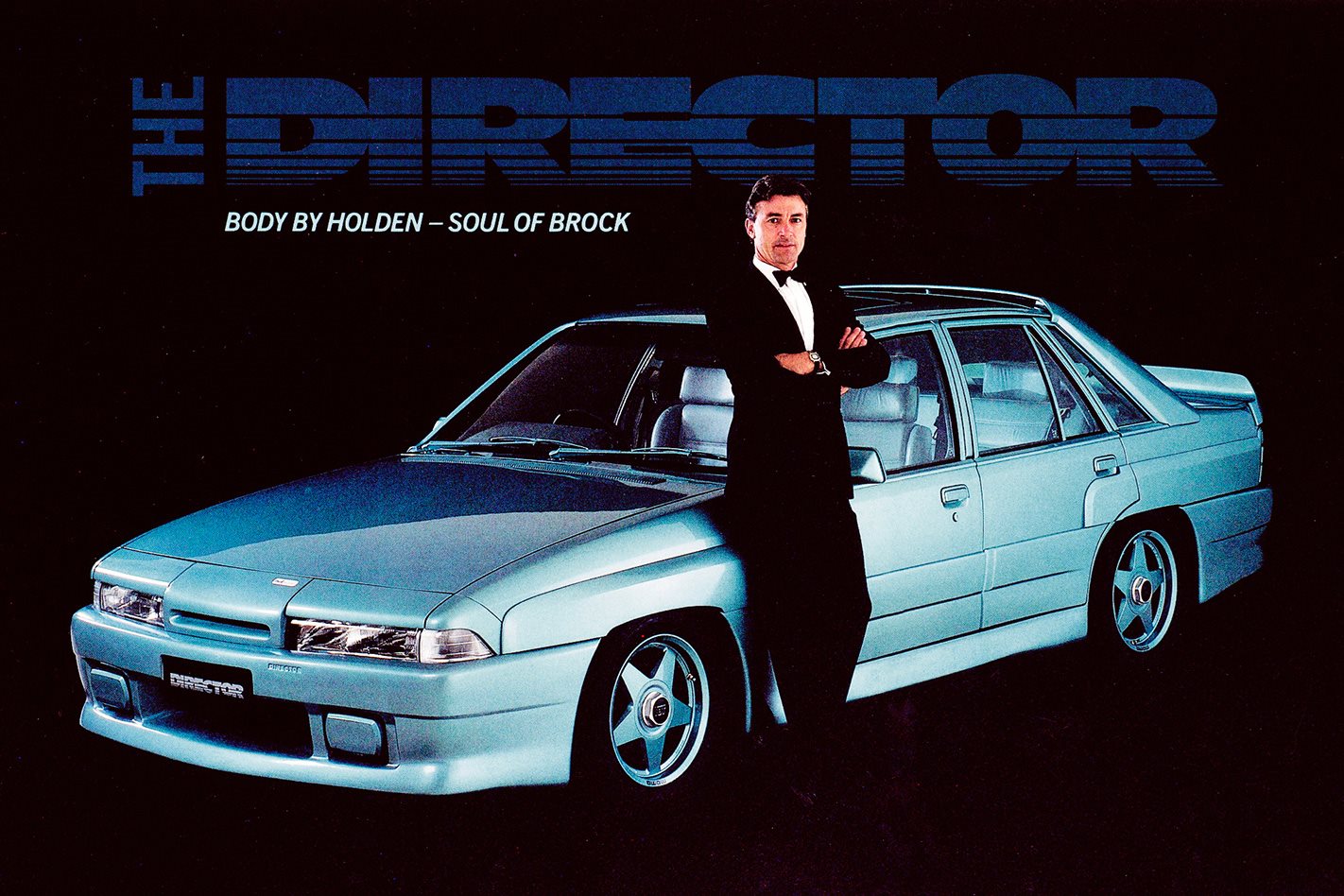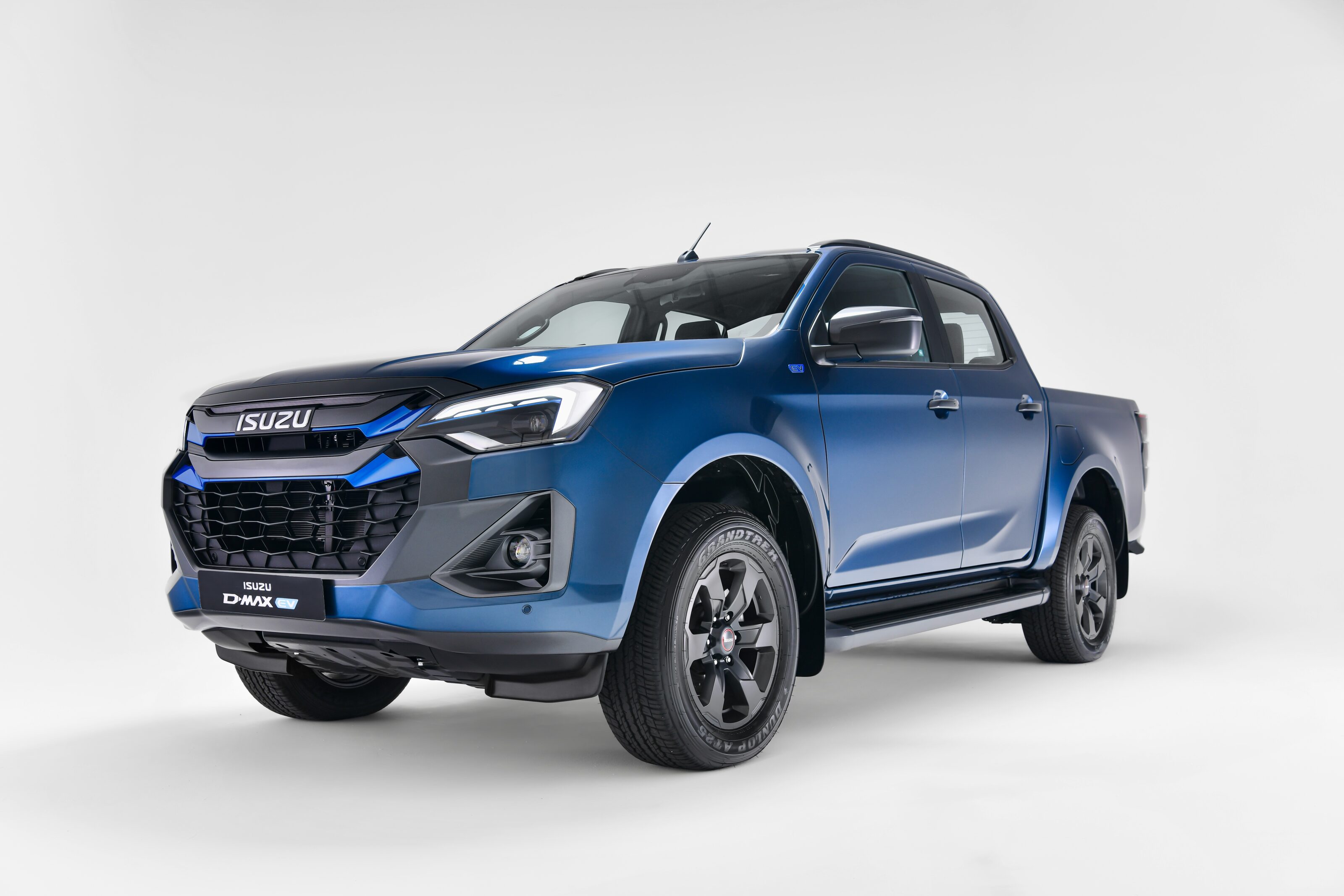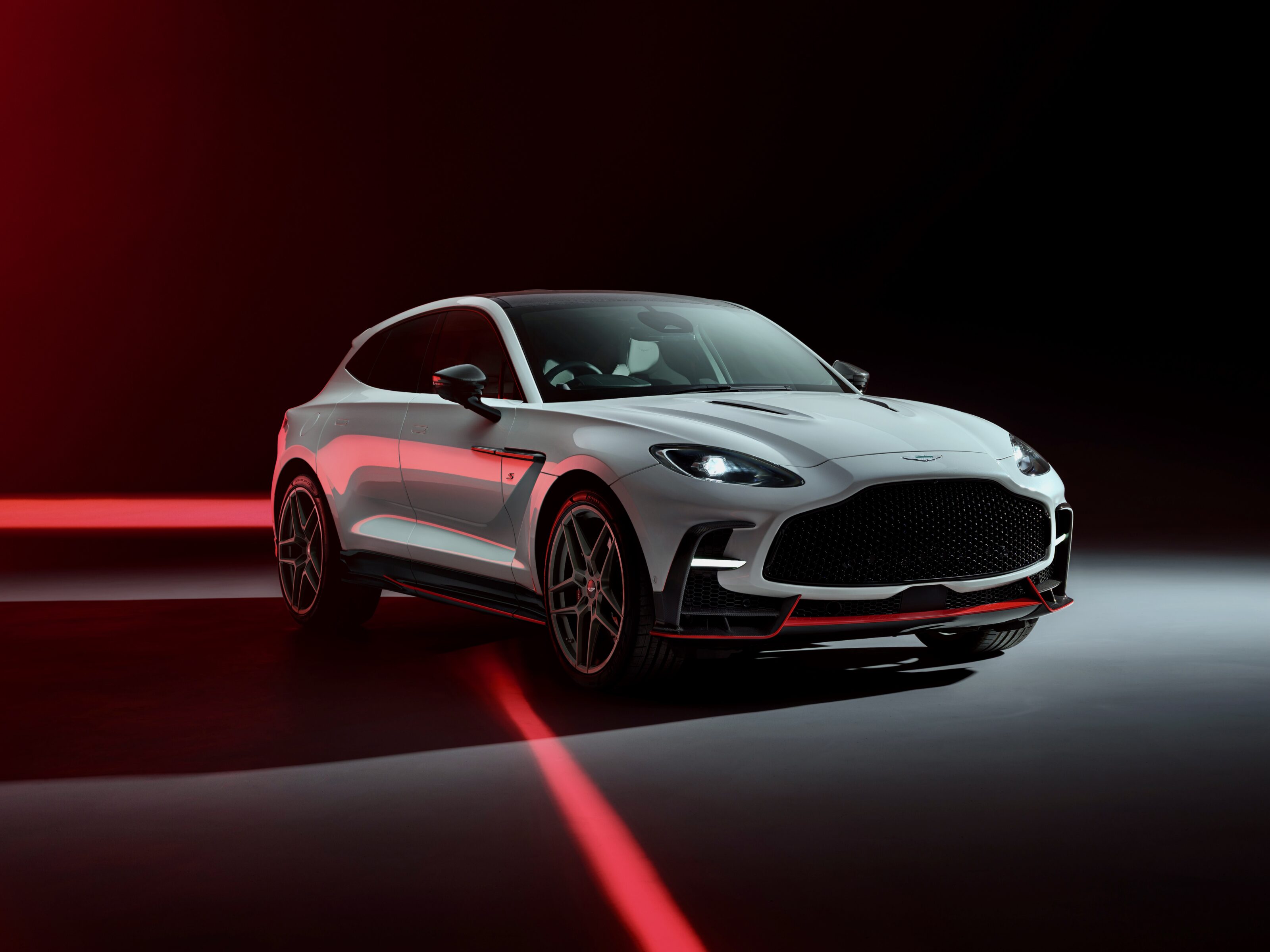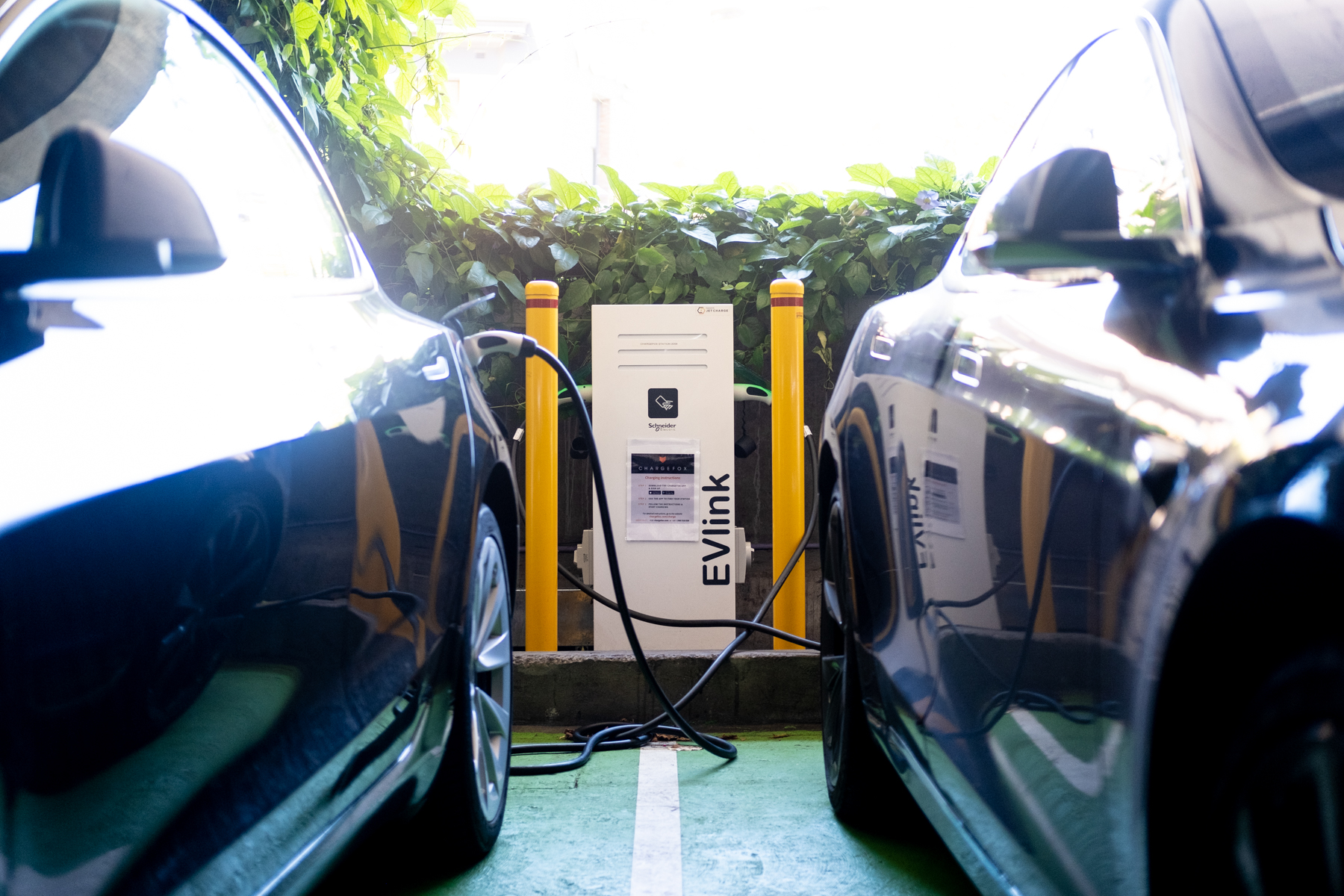On the showroom floor Holden was in a big battle with Ford as the clock struck 1980, Kingswood killed and Commodore created with the larger Falcon ultimately overtaking it in national sales for the first time ever all within two years.
Meanwhile on the racetrack Peter Brock had won Bathurst four times in eight years between 1972 and 1979. His fifth win in 1980 would mark the switch from steering Toranas to driving the VC Commodore, a year in which the man fast becoming King of the Mountain would also buy the Holden Dealer Team (HDT) he had been racing for.
He would also be given blessing from bleeding Holden to create road-going ‘homologation’ specials of the Commodore, and so HDT Special Vehicles was born. Set to be sold through select Holden dealerships, they were also a way of making money to go racing after The General pulled factory support two years earlier.
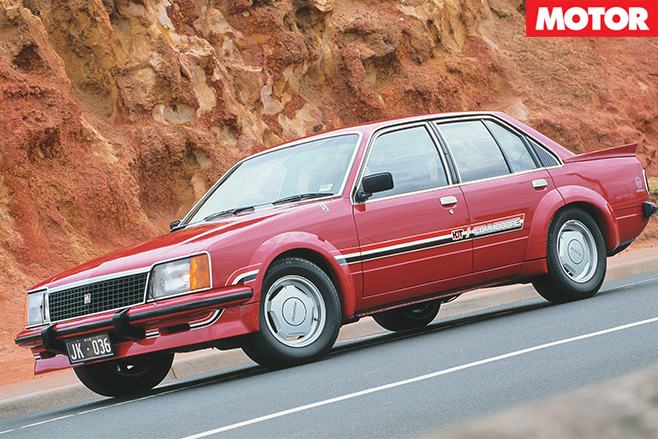
Power from the 5.0-litre V8 was taken from 126kW to 160kW and a 500-unit batch was built in red, white or black – livery of tobacco company Marlboro, Brock’s main sponsor at the time.

It was the VK Commodore Group A of 1985 that would earn the nickname Blue Meanie for its Formula Blue paint. Signed by Brock on the front three quarter panel and dashboard, the 5.0-litre was downsized to 4.9 litres (to meet Group A racing regulations) but substantial other cam and carb modifications leveraged power to a then-heroic 196kW.
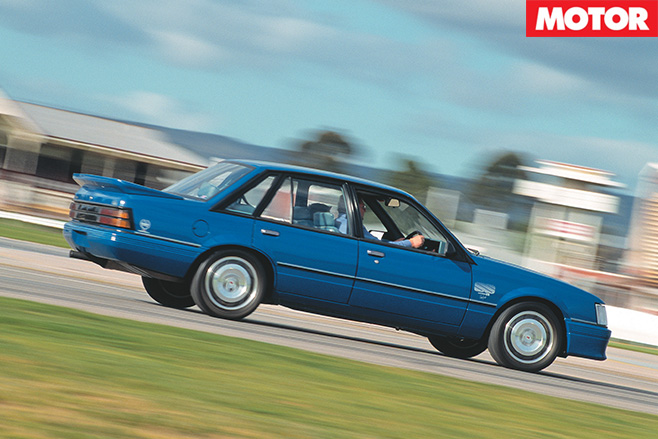
Brock had peddled a device called the Polarizer to be installed in Commodores, the now infamous box of crystals that apparently aligned the car’s molecules to improve handling in conjunction with lower tyre pressures. Holden did not approve, and various Group A models were fitted with or without the device; if they weren’t, they wouldn’t get Brocky’s signature.

From the ashes came attempts by Brock to sell Commodores separate from Holden, but the brand also found a new homologation partner – Tom Walkinshaw Racing (TWR) and Holden Special Vehicles was born with the debut of the wild ‘Walky’ of the same year.
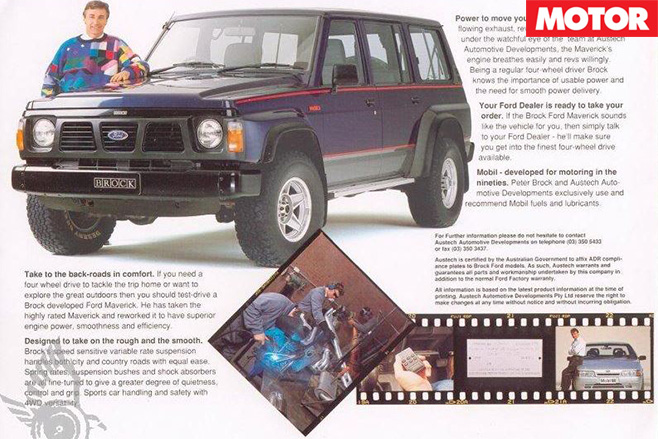
He went on to advertise the Volvo 850 R (having steered it in the Bathurst 12-Hour in 1994 and 1995 and driven the Super Touring version in 1996) but by the late-’90s he was back in Holden commercials beside Deborah Hutton; for the 2001 Sydney motor show signing autographs beside the reborn Holden Monaro.
Murky business matters of the 1980s had mended over time, his fans never polarised by the man dubbed Peter Perfect.

